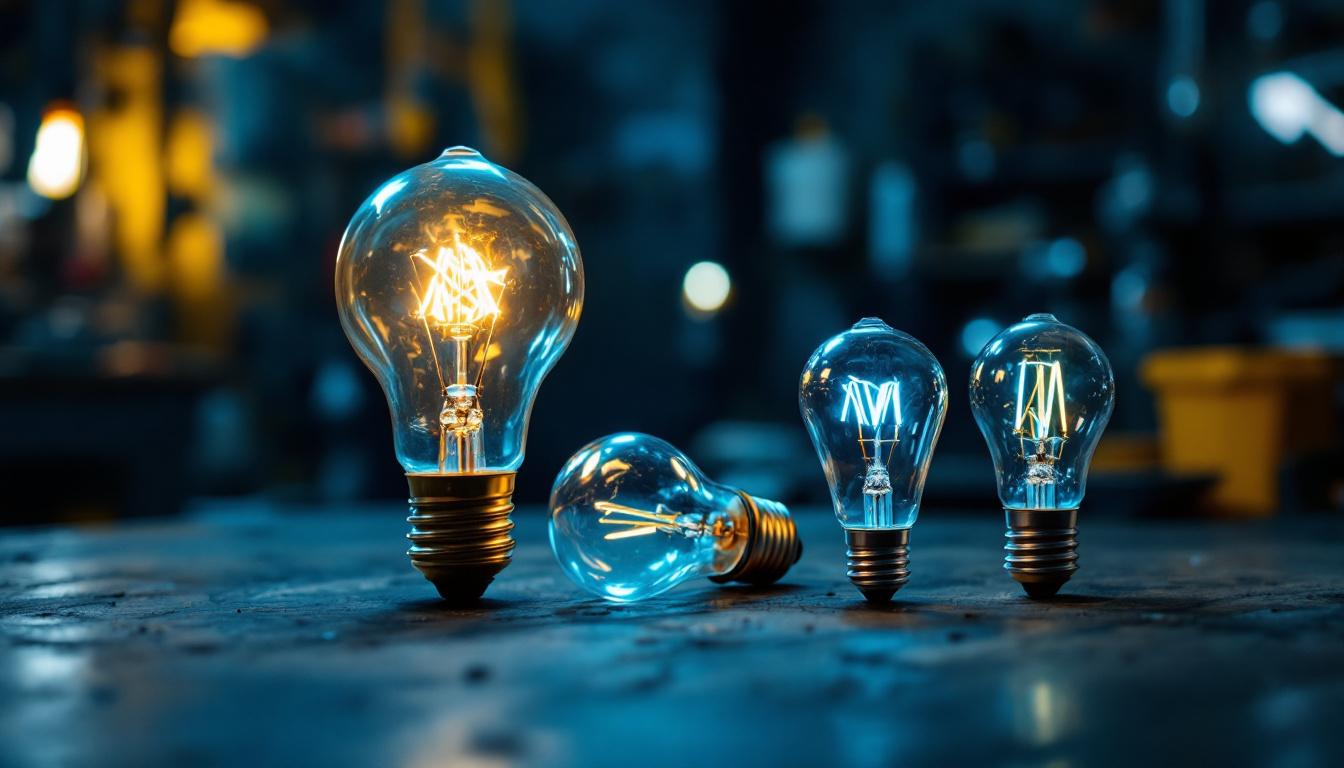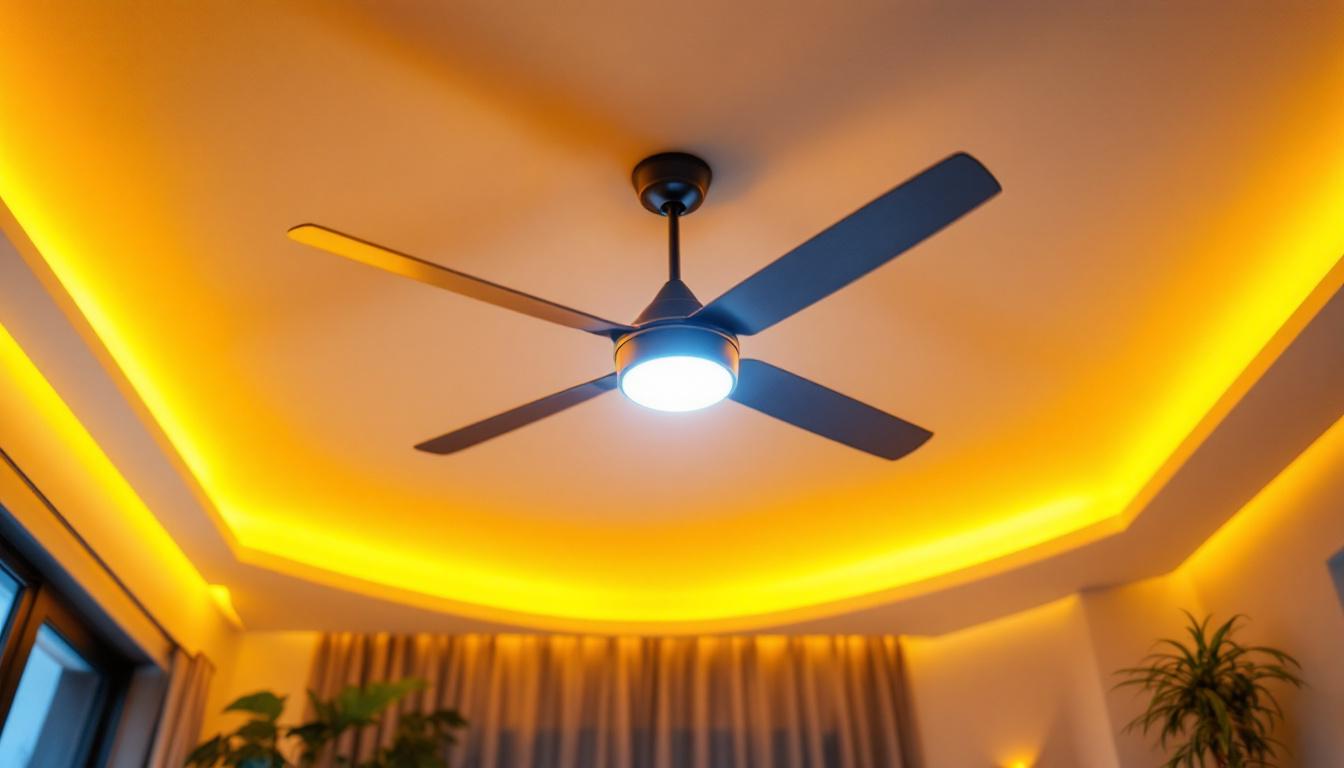
The evolution of the light bulb is a fascinating journey that has transformed the way we illuminate our spaces. For lighting contractors, understanding this history is essential not only for appreciating the technology but also for making informed decisions in their projects. This article delves into the key milestones in the invention of light bulbs, offering insights that can aid contractors in their work.
Long before the modern light bulb, humans relied on natural sources and primitive methods to produce light. From fire to oil lamps, the quest for illumination has been a fundamental aspect of human civilization. The flickering flames of early fires not only provided warmth but also served as a gathering point for communities, fostering social interactions and storytelling under the stars. As humanity evolved, so did their methods of creating light, reflecting their ingenuity and adaptability.
Ancient civilizations utilized various materials to create light sources. The Egyptians, for instance, used oil lamps made from clay, while the Greeks developed more sophisticated designs using metal. These early inventions laid the groundwork for future advancements in lighting technology. The Romans further innovated by incorporating wicks into their oil lamps, allowing for a steadier and more controllable flame. This progression not only improved the quality of light but also expanded its availability, enabling longer work hours and enhancing cultural activities such as theater and literature.
The shift from traditional lighting methods to electric light marked a pivotal moment in history. As electricity became more accessible, inventors began experimenting with ways to harness it for illumination. This transition was not instantaneous; it involved numerous trials and errors as inventors sought to create a practical and safe electric light source. The late 19th century saw a surge of creativity in this field, with figures like Thomas Edison and Nikola Tesla pushing the boundaries of what was possible. Their rivalry and collaboration spurred rapid advancements, leading to the development of the first commercially viable incandescent light bulb.
One of the earliest forms of electric lighting was the arc lamp, which produced light by creating a spark between two carbon rods. While effective, these lamps were not suitable for widespread use due to their intensity and the challenges associated with their maintenance. The arc lamp’s bright, glaring light was often used in public spaces and street lighting, illuminating city streets but posing risks due to their high voltage. As inventors continued to refine their designs, the introduction of the incandescent bulb revolutionized everyday life, providing a softer, more manageable light that could be used safely in homes and businesses alike. This innovation not only transformed the way people lived but also changed the very fabric of society, enabling longer hours of productivity and leisure that were previously unimaginable.
The invention of the light bulb was not the work of a single individual but rather a culmination of efforts from various inventors. Each contributed unique ideas and innovations that propelled the development of electric lighting.
Among the most notable figures in the history of light bulbs is Thomas Edison. His work on the incandescent light bulb revolutionized the way people illuminated their homes and businesses. Edison’s design featured a carbon filament that glowed when an electric current passed through it, providing a practical solution for indoor lighting.
What set Edison apart was not just his invention but also his approach to commercialization. He recognized the importance of creating a complete electrical system, including generators and wiring, which allowed for the widespread adoption of electric lighting. This holistic view made it easier for contractors to install and maintain lighting systems, paving the way for modern electrical infrastructure.
Edison’s relentless pursuit of innovation did not stop with the light bulb. He established the first industrial research laboratory in Menlo Park, New Jersey, where he and his team could experiment and develop new technologies. This facility became a hub for invention, leading to advancements in not only lighting but also sound recording and motion pictures. His emphasis on systematic experimentation and collaboration laid the groundwork for future technological breakthroughs.
While Edison is often credited with the invention of the light bulb, several other inventors played significant roles in its development. For instance, Sir Humphry Davy created the first electric arc lamp, while Joseph Swan developed an early version of the incandescent bulb independently of Edison.
These inventors faced numerous challenges, including issues related to filament durability and electrical efficiency. Their collective efforts contributed to the refinement of the light bulb, ultimately leading to the reliable products available today. Notably, Swan’s collaboration with Edison resulted in a legal partnership that helped both inventors navigate the competitive landscape of the lighting industry. This partnership exemplified the spirit of collaboration that often fuels innovation, as they worked together to enhance the technology and expand its market reach.
Additionally, inventors like Nikola Tesla and George Westinghouse introduced alternating current systems, which transformed the way electricity was distributed and utilized. Their contributions not only complemented the incandescent bulb but also paved the way for the future of electric lighting, enabling the development of more advanced technologies and lighting solutions. The interplay of these various innovations illustrates the intricate tapestry of invention that has shaped our modern understanding of light and energy.
As technology progressed, so did the design and functionality of light bulbs. The initial incandescent bulbs had limitations, including short lifespans and high energy consumption. This prompted further innovations aimed at improving efficiency and longevity.
Fluorescent bulbs emerged as a more energy-efficient alternative to incandescent lighting. Utilizing a gas-filled tube and a phosphor coating, these bulbs produce light when an electric current excites the gas. They became popular in commercial settings due to their longevity and reduced energy consumption.
Halogen bulbs, a type of incandescent bulb, offered improved efficiency and brightness. By using a halogen gas to recycle the tungsten filament, these bulbs lasted longer and provided better light quality. Understanding the differences between these types of bulbs is crucial for lighting contractors, as it allows them to recommend the best options for their clients.
The introduction of LED (Light Emitting Diode) technology marked a significant turning point in the lighting industry. LEDs are highly energy-efficient, have an exceptionally long lifespan, and produce minimal heat compared to traditional bulbs. This innovation has transformed how lighting contractors approach projects, allowing for more sustainable and cost-effective solutions.
Furthermore, the versatility of LED technology has opened up new possibilities for design and application. From residential to commercial spaces, LEDs can be used in various settings, making them a preferred choice for modern lighting projects.
As the lighting industry continues to evolve, several trends are shaping the future of light bulb technology. For lighting contractors, staying informed about these trends is vital for remaining competitive and meeting client demands.
Smart lighting has gained traction in recent years, allowing users to control their lighting through mobile devices or voice-activated systems. This technology offers convenience and energy savings, making it an attractive option for both residential and commercial clients.
Lighting contractors can capitalize on this trend by offering smart lighting solutions as part of their services. Understanding the various smart technologies available, such as dimmers, color-changing bulbs, and automated systems, can enhance a contractor’s value proposition.
With growing concerns about environmental impact, sustainability has become a significant focus in the lighting industry. Energy-efficient lighting solutions not only reduce electricity consumption but also contribute to lower carbon footprints.
Contractors must be knowledgeable about energy-efficient products and practices, as clients increasingly seek sustainable options. This includes understanding energy ratings, such as ENERGY STAR certification, and being able to recommend products that align with eco-friendly initiatives.
Lighting contractors play a crucial role in the adoption and implementation of new lighting technologies. Their expertise not only helps clients make informed decisions but also ensures that installations are safe, efficient, and compliant with regulations.
As lighting technology continues to advance, ongoing education and training are essential for contractors. Staying updated on the latest products, installation techniques, and industry standards can significantly enhance a contractor’s skill set and marketability.
Participating in workshops, seminars, and industry conferences can provide valuable insights into emerging trends and technologies. This knowledge empowers contractors to offer the best solutions to their clients, fostering trust and long-term relationships.
Understanding the history and evolution of light bulbs can also help contractors build stronger relationships with their clients. By sharing insights about the benefits of various lighting technologies, contractors can position themselves as trusted advisors rather than just service providers.
Effective communication about the advantages of modern lighting solutions, such as energy efficiency and smart features, can lead to more informed decision-making by clients. This collaborative approach not only enhances customer satisfaction but also encourages repeat business and referrals.
The history of light bulbs is a testament to human ingenuity and the relentless pursuit of innovation. For lighting contractors, understanding this evolution is not just about appreciating the past; it is about leveraging that knowledge to enhance their services and meet the needs of their clients.
As technology continues to advance, staying informed about current trends and innovations will be essential. By embracing new developments and fostering strong client relationships, lighting contractors can thrive in an ever-evolving industry.
In summary, the journey of light bulbs from primitive sources to modern LED technology reflects the dynamic nature of the lighting industry. Contractors who recognize this history and adapt to ongoing changes will be well-positioned for success in the future.
As you continue to navigate the ever-changing landscape of lighting technology, let LumenWholesale be your trusted partner in success. We provide lighting contractors with an exceptional range of top-quality, spec-grade lighting products at unbeatable wholesale prices. Our commitment to cutting out the middleman means you enjoy superior products without the inflated markups, ensuring every project shines with reliability and high performance. Embrace the future of lighting with the convenience of free shipping on bulk orders, and secure the best value for your lighting needs. Wholesale Lighting at the Best Value is just a click away. Experience the LumenWholesale difference today!

Discover expert insights and best practices for selecting and installing outdoor motion lights with our comprehensive guide tailored for lighting contractors.

Discover how 2 Feet LED lighting can transform your projects with energy efficiency, cost savings, and sleek design.

Discover the essential checklist for lighting contractors focusing on toggle light switches.

Discover how a budget-friendly ceiling fan can enhance your lighting installation projects.